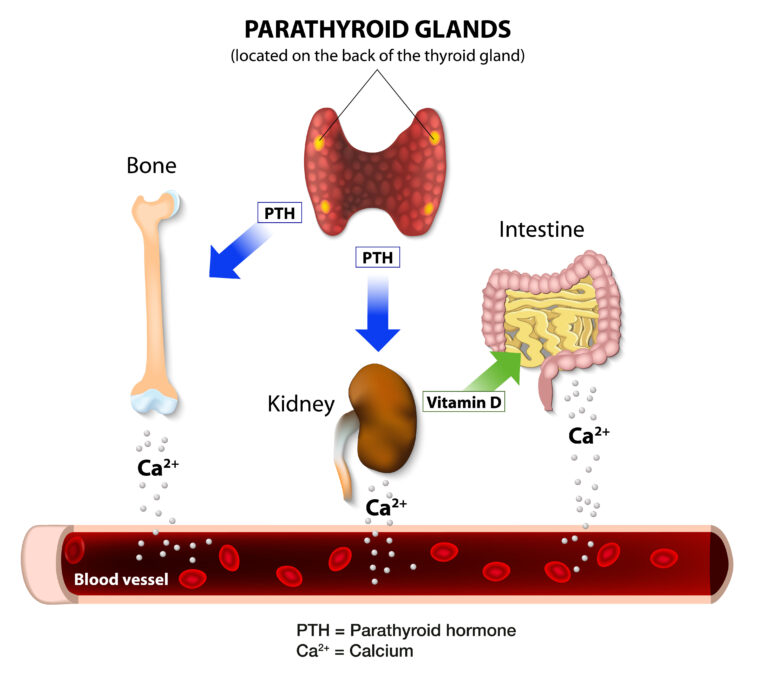
Understanding Primary Hyperparathyroidism
Primary hyperparathyroidism (PHPT) is a condition in which one or more of the parathyroid glands produce excessive parathyroid hormone (PTH), leading to high calcium levels in the blood (hypercalcemia). This can cause symptoms such as fatigue, kidney stones, osteoporosis, muscle weakness, and cognitive issues such as brain fog. The most effective and definitive treatment for PHPT is parathyroidectomy, a surgical procedure to remove the overactive gland(s). While some patients may opt for monitoring, surgery offers numerous benefits, including symptom relief, long-term health improvements, and a cure for the disease.
Key Benefits of Surgery for Primary Hyperparathyroidism
Permanent Cure and Normalized Calcium Levels
Parathyroidectomy is the only treatment that provides a permanent cure for PHPT. Studies show that over 90% of patients achieve normal calcium and PTH levels after surgery. Unlike medications, which only manage symptoms, surgery addresses the root cause of the disease.
Improved Bone Health and Reduced Fracture Risk
Excess PTH leads to bone loss and osteoporosis, significantly increasing the risk of fractures. Research indicates that bone mineral density (BMD) improves within a year after surgery, reducing the likelihood of fractures and long-term skeletal complications.
Prevention of Kidney Stones and Kidney Damage
PHPT increases calcium excretion through the urine, which can lead to kidney stones and kidney impairment over time. Surgery significantly lowers the risk of kidney stones, helping preserve long-term kidney function.
Symptom Relief and Improved Quality of Life
Many patients with PHPT experience fatigue, depression, brain fog, and muscle weakness, which can significantly impact daily life. Surgery has been shown to improve cognitive function, mood, and energy levels within months after the procedure, leading to a better overall quality of life.
Low Risk and Minimally Invasive Approach
Modern parathyroid surgery is often minimally invasive, requiring only a small incision with a short recovery time. Most patients can go home the same day and resume normal activities within a week. The risk of complications is low when performed by an experienced surgeon.
Conclusion
Surgery for primary hyperparathyroidism provides a definitive cure, improves long-term health, and alleviates symptoms that affect quality of life. While some patients may choose to monitor mild cases, those experiencing symptoms or complications should strongly consider parathyroidectomy. Consulting with an experienced endocrine surgeon can help determine the best treatment approach for each individual case.